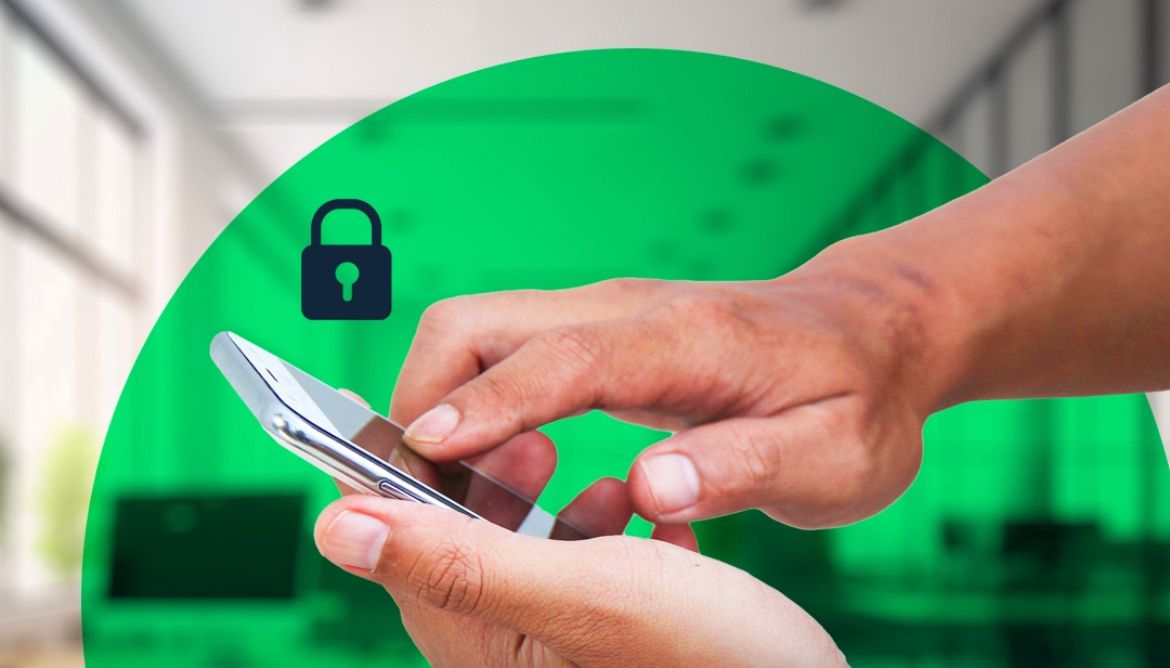Verification in financial applications, insurance, e-commerce, travel, healthcare, and all consumer-related services must protect personal data. What is verification? Why are examples of verification important in digital transactions? Here's the explanation.
Understanding the Importance of Verification
Verification in digital transactions ensures that the user accessing mobile banking services is the legitimate account owner. This process involves validating various digital credentials, such as ID cards, biometric data, or other relevant information. Digital technology relies heavily on data security, and secure verification is crucial for fostering consumer digital trust in a service. Without verification, digital identities are vulnerable to cybercrime, such as data theft, misuse, and financial fraud.
For businesses, a smooth and secure identity verification process accelerates consumer acquisition, making effective, consistent, and reliable identity verification a key factor in business digitization success.
Examples of Digital Identity Verification
Digital identity verification is crucial for ensuring security and reliability in various transactions and online services. Here are some examples of verification methods that are commonly and securely used:
1. PIN or Password-Based Verification
Typically used in user applications, this requires users to enter a PIN or password to access their accounts. The system checks the entered information against stored data. For example, during payments or new account registrations, users must input a PIN or password to verify their identity.
2. Two-Factor Authentication (TFA)
This method combines two ways, such as entering a password and then confirming with a code sent via SMS or email. TFA provides an additional security layer, making it crucial in mobile banking and various online services to prevent fraud and account breaches. TFA is also used during account registration requiring an email or social media account.
3. Biometric Verification
Uses unique data like fingerprints, facial recognition, or retina scanning, making it very difficult to fake and highly effective in preventing unauthorized access. According to a Grand View Research study, the global biometric verification market is expected to reach $59.31 billion by 2025, driven by its adoption in mobile banking. Besides mobile banking, biometric verification is also used in payment verification and access to electronic devices.
4. Document-Based Verification
This requires the use of official identity documents like ID cards, passports, or driver’s licenses, which are scanned and digitally verified using OCR (Optical Character Recognition). This method is commonly used in bank account registrations, government service verifications, and loan applications.
5. Security Question-Based Verification
Involves personal security questions, such as the mother’s maiden name, first school, or birthplace. While less secure than other methods, it’s often used as an additional security layer.
6. QR Code Verification
Users scan a QR code with their device to verify their identity. This method is commonly used in digital payments, event or venue access, and registration verification. QR codes can store encrypted information, making them secure and quick to use.
7. Phone Verification
In cases where SMS cannot be received, verification codes can be sent via automated voice calls. Users receive a phone call providing the verification code orally, which they then enter into the application or website to complete the verification process.
By adopting these various verification methods, companies and users can enhance their data security and integrity, reduce fraud risks, and ensure that only authorized individuals have access to important information and services.
Processes Requiring Verification
1. Financial Transaction Verification
The most crucial stage in banking and online financial services to ensure transactions are conducted by legitimate account owners. Examples include bank transfers and online payments.
2. Account Registration Verification
Used to ensure the provided information is correct and belongs to the legitimate user during new account creation on various online platforms.
3. System Access Verification
Used in corporate environments to ensure that only authorized employees have access to sensitive systems and data, such as project management or company financial systems.
4. E-Government Verification
Increasingly used by governments to provide online services to citizens, such as accessing tax services.
5. Healthcare Service Verification
Used in the healthcare sector to protect patient information and ensure that healthcare services are provided to the correct individuals, such as accessing Electronic Medical Records or online consultations through telemedicine.
Safe Verification Examples Against Deepfake Attacks
Biometric verification is considered one of the safest verification methods today. However, it’s not entirely foolproof against deepfake attacks, which can be categorized into presentation attacks and injection attacks.
1. Presentation Attack: Involves presenting fake biometrics, such as photos, masks, or other disguises, to deceive biometric systems. Deepfake technology can create highly realistic images or videos of real people.
2. Injection Attack: More sophisticated than presentation attacks, involving injecting malicious code or commands into the biometric system to gain unauthorized access and manipulate the system. An example is injecting deepfake audio into voice recognition systems in verification processes.
VIDA Deepfake Shield is VIDA's latest security feature that protects biometric verification systems from identity falsification, including the use of fake photos, videos, and masks, ensuring that verification is conducted by the right person.
Digital identity verification is crucial for maintaining security and integrity in various contexts, from financial transactions to healthcare and education access. By using various verification methods, including biometric verification protected from deepfake attacks, companies can ensure the security of personal data.

.png)


